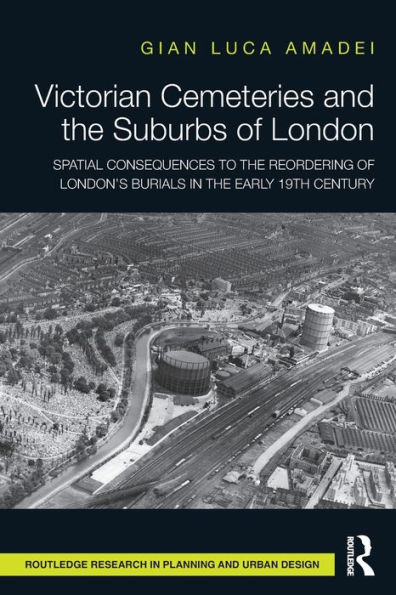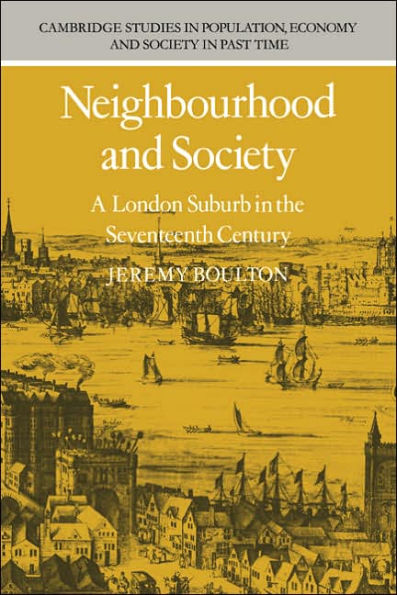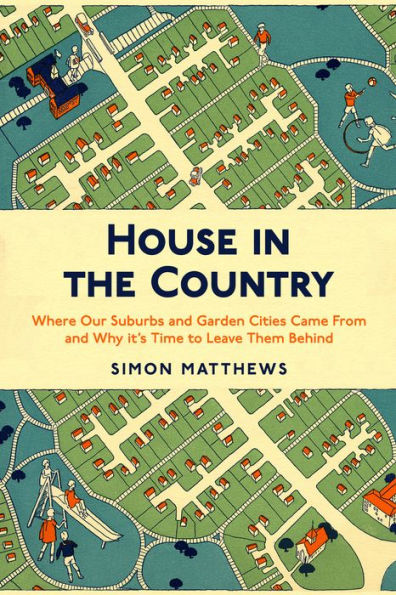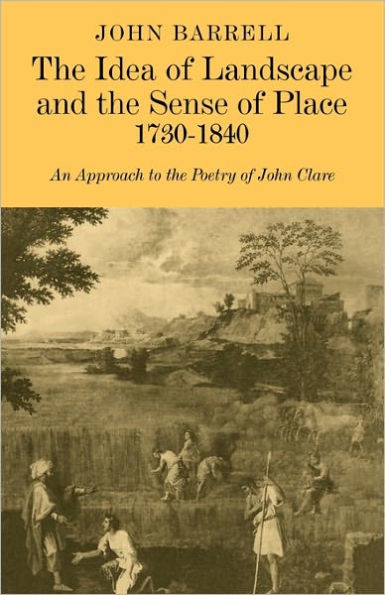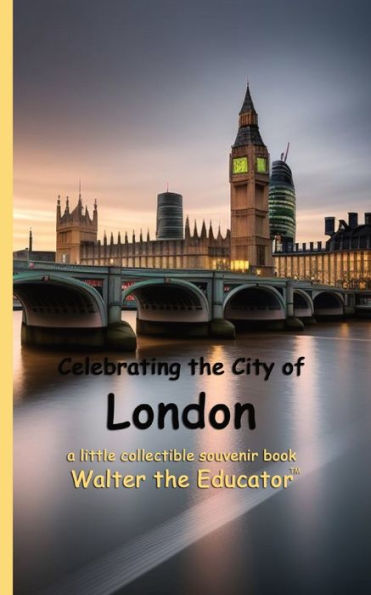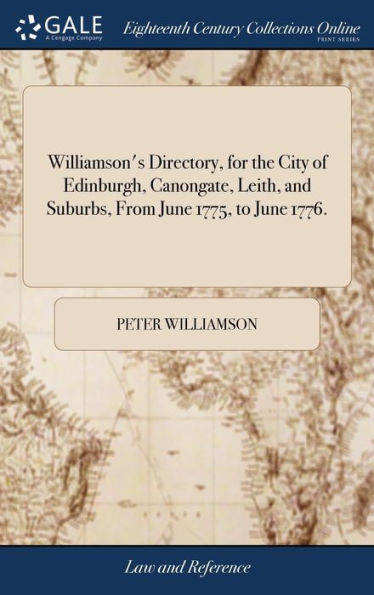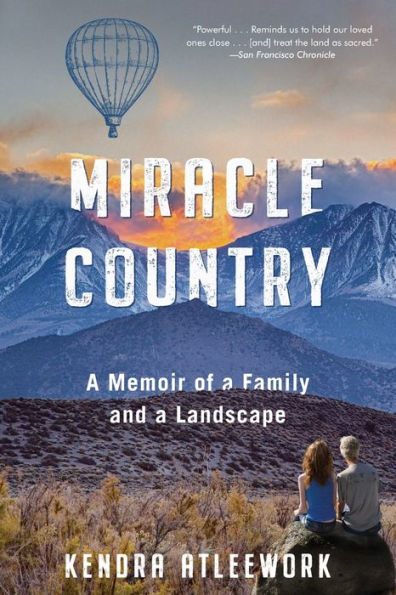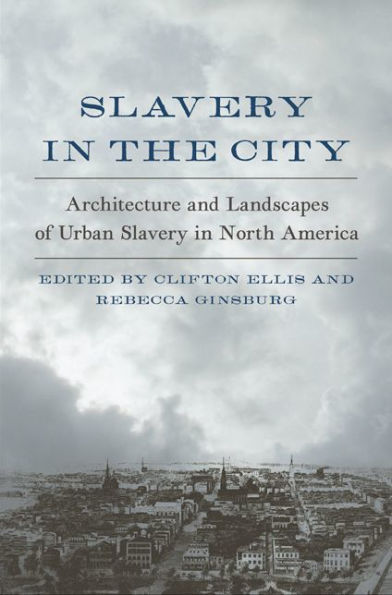Home
Landscapes of London: The City, the Country, and the Suburbs, 1660-1840
Barnes and Noble
Landscapes of London: The City, the Country, and the Suburbs, 1660-1840
Current price: $55.00
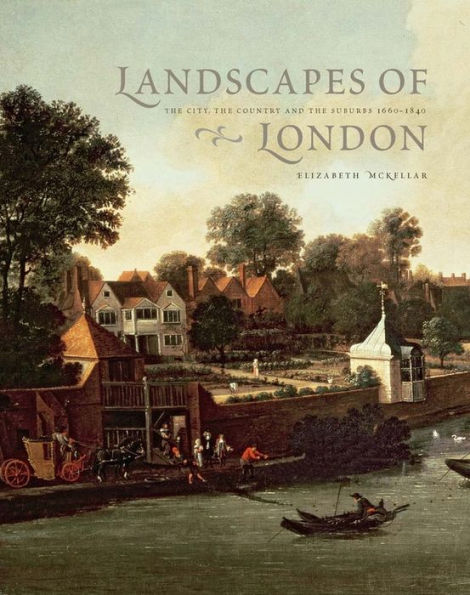

Barnes and Noble
Landscapes of London: The City, the Country, and the Suburbs, 1660-1840
Current price: $55.00
Size: OS
Loading Inventory...
*Product information may vary - to confirm product availability, pricing, shipping and return information please contact Barnes and Noble
The idea of a "Greater London" emerged in the 18th century with the expansion of the city's suburbs. In
Landscapes of London
, Elizabeth McKellar traces this growth back to the 17th century, when domestic retreats were established in outlying areas. This transitional zone was occupied and shaped by the urban middle class as much as by the elite who built villas there. McKellar provides the first major interdisciplinary cultural history of this area, analyzing it in relation to key architectural and planning debates and to concepts of national, social, and gender identities. She draws on a wide range of source materials, including prints, paintings, maps, poetry, songs, newspapers, guidebooks, and other popular literature, as well as buildings and landscapes. The author suggests that these suburban landscapes—the first in the world—were a new environment, but one in which the vernacular, the rustic, and the historic played a substantial part. This fascinating investigation shows London as the forerunner of the complex, multifaceted modern cities of today.
Published for the Paul Mellon Centre for Studies in British Art
Landscapes of London
, Elizabeth McKellar traces this growth back to the 17th century, when domestic retreats were established in outlying areas. This transitional zone was occupied and shaped by the urban middle class as much as by the elite who built villas there. McKellar provides the first major interdisciplinary cultural history of this area, analyzing it in relation to key architectural and planning debates and to concepts of national, social, and gender identities. She draws on a wide range of source materials, including prints, paintings, maps, poetry, songs, newspapers, guidebooks, and other popular literature, as well as buildings and landscapes. The author suggests that these suburban landscapes—the first in the world—were a new environment, but one in which the vernacular, the rustic, and the historic played a substantial part. This fascinating investigation shows London as the forerunner of the complex, multifaceted modern cities of today.
Published for the Paul Mellon Centre for Studies in British Art
